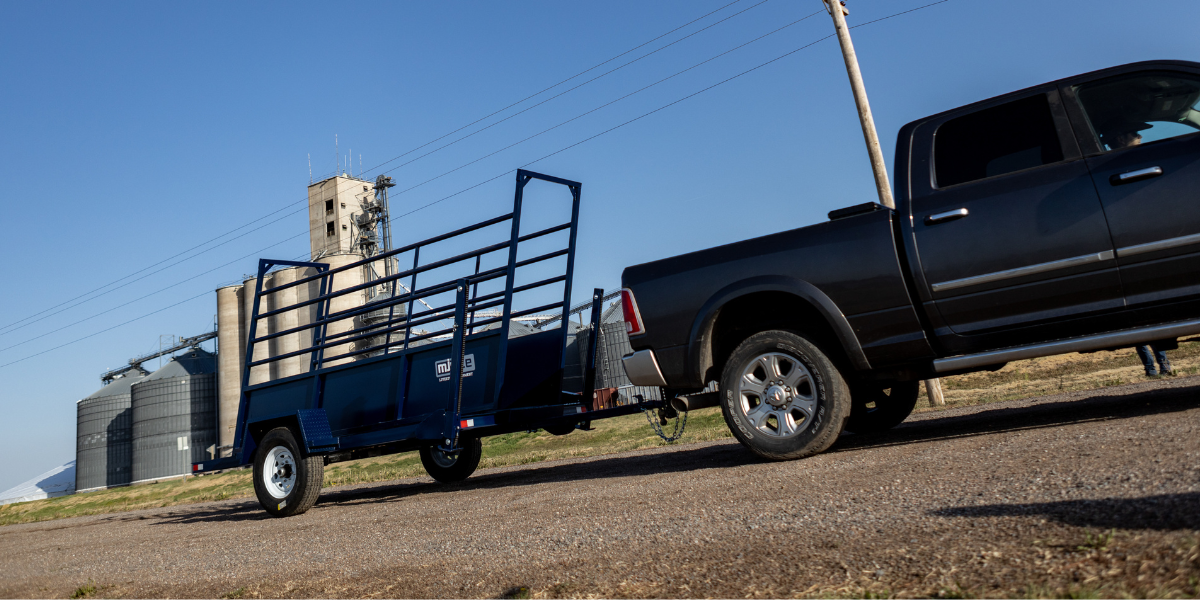
10.30.22
Cattle Handling Basics: Part 3
Downed Animal Care and Transporting Cattle
In the final installation of my cattle handling series of posts, I will visit two parts of cattle handling that don’t come to the top of mind when talking about cattle handling. However, as cattlewomen and men, we are entrusted with caring for these animals. Therefore, I feel very passionately about discussing the harder events as well because, as all cattle caretakers know – not every day can be a good day on the farm!
Today we dive into downed animal care and transportation handling.
DOWNED ANIMAL CARE
Cattle can “go down” on a farm for several reasons. When dealing with an injury or illness that causes an animal to go down and not be able to rise, we must use the highest regard for welfare because it is usually a delicate situation for both people and animals.
Downed animals must be provided with shade or shelter, food and water, and constant reassessment of improving health. An excellent first step is a call to your veterinarian because they will help you decide if the animal should be humanely euthanized or if there is a reasonable expectation for recovery.
Reassess animals regularly. Depending on the nature of the illness or injury, reassess the animal every 4, 8, or 12 hours. When the assessment outcome shows no improvement or is not likely to improve, humane euthanasia should be a consideration. If this is the case, follow the guidelines for humane euthanasia. I like to refer to the Beef Quality Assurance standards for humane euthanasia.
TRANSPORTATION HANDLING
Handling cattle during transportation can be inherently more difficult because it is less natural for the cattle to express their normal behavior when you are trying to load, unload or handle them around loadouts. Therefore, minimize stress and the potential for injury before and during transport for the cattle.
Safety for cattle and people is paramount!
– Dr. Tera Barnhardt
Check out your trailer, truck, and loading/unloading facilities before transporting cattle:
- Make sure everything is clean and in working order.
- Before loading any animals, make sure they meet withdrawal for treatment on any animals being sold.
- Verify that cattle are fit for transport.
Fitness for transport is a crucial declaration stating that cattle can be loaded and unloaded and should make the trip. If you have questions about fitness to transport, your local veterinarian is an excellent resource for completing this evaluation.
Pull away from loading facilities slowly. Adjust speed accordingly when making turns or stops during the trip. Drive like you are hauling precious cargo because you are!
CONCLUSION
Understanding cattle handling basics is vital to the welfare of your animals. Cattlemen and women have substantial ethical and financial investments in these animals, and treating them with care and respect will go a long way in the overall health of the handlers AND the herd.
MEET DR. TERA BARNHARDT
Dr. Tera Barnhardt is a consulting veterinarian with a master’s in Science (from Kansas State University – GO CATS!) specializing in animal welfare and research for feedyards, dairies, and cow-calf operations.
A busy mother of three and small business owner, Dr. B. is passionate about educating others in the beef and livestock industry about animal health and taking an active role in her community.
Follow Dr. B on LinkedIn, Twitter, or Instagram to keep up with the latest news & information about #beef and so much more!